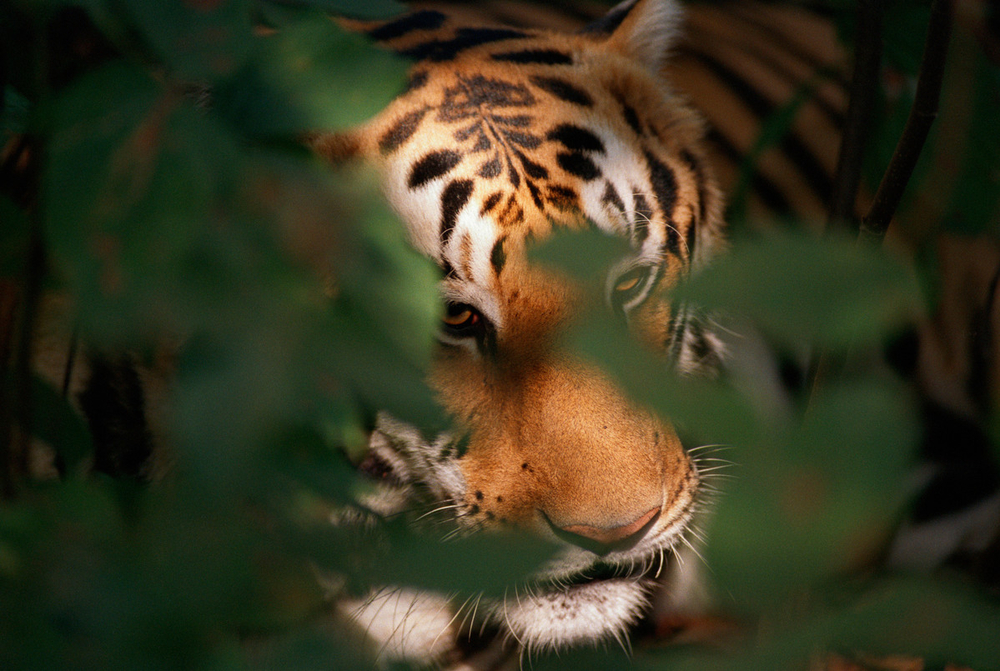The number of wild tigers in India has more than doubled since 2010 to a minimum of 3,167 individuals – the welcome outcome of an in-depth national survey, which WWF-India contributed to, involving 641,449 km2 of foot surveys, 32,588 camera counts and 641,102 person days.
The increase is the result of significant political and civil society support for conserving India’s national animal.
Dedicated efforts and support from the central government and state governments, scientific institutions, NGOs and local communities go back many decades. The Indian government launched Project Tiger, which aimed to restore tiger populations and protect their habitats, in 1972 – a move that was matched by the launch of WWF’s Operation Tiger to raise funds for these conservation efforts.
Mr Ravi Singh, Secretary General and CEO WWF-India, said: “Today, after five decades, Project Tiger is recognized as one of the most successful species-specific conservation programmes globally.
“And to keep this momentum going and see growth and stability in tiger numbers, this exceptional conservation programme will require continued dedication of combined efforts and management of human-wildlife interactions.”
CAN TIGERS BOUNCE BACK?
Since 13 tiger-range governments committed to doubling wild tiger numbers in 2010, there have been increases in some sites with Nepal, for example, reporting a near-tripling of its population last year.
Although the news from India is positive, we remain concerned about the lack of progress in Southeast Asia where there have been declines and national extinctions.
Tigers continue to face many threats such as poaching and habitat destruction. Because they need large areas with diverse habitats free from human disturbance and rich in prey, the solutions are complex and require the involvement of many partners.
Find out more about our work for tigers at https://tigers.panda.org.


